Sony Cyber-shot DSC-N2
-
-
Written by Gordon Laing
Sony N2 vs Canon A640 vs Fujifilm F30 real-life noise
Outdoor / Resolution / Noise / Noise 2 / Corner sharpness / Fringe & macro / Geometry / Vignetting
| Support this site by shopping via these links |
| Support this site by shopping via these links |
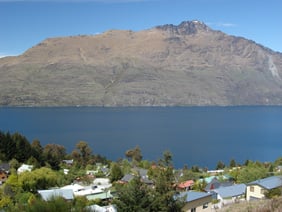 | To compare noise levels under real-life conditions we shot the same scene with the Sony N2, Canon A640 and Fujifilm F30 within a few moments of each other using their best quality JPEG modes and each ISO setting. Each camera was set to Auto for this test to also compare how the same scene would be evaluated; this was also necessary in some cases to access the fastest shutter speeds. A neutral density filter was used due to the brightness of the scene and the requirement for high ISOs. Each lens was adjusted to deliver as close a field of view as possible, although coarse positions on their zooms resulted in variations. The Fujifilm result also shows a larger area due to its lower resolution sensor. |
The image above was taken with the Sony N2 at 9mm f4.5, with a sensitivity of 100 ISO; the original JPEG measured 4.13MB. The crops are taken from an area just below and to the left of the centre. The Sony N2 delivers clean and detailed results at 100 and 200 ISO, and only loses a little detail at 400 ISO, although at this sensitivity there’s already some undesirable coloured artefacts visible on areas of solid colour like the surface of the background lake. At 800 ISO the noise reduction really kicks-in, smearing fine detail and increasing the coloured artefacts. At the maximum sensitivity of 1600 ISO, the N2’s images suffer from considerable noise and noise reduction artefacts when viewed at 100% – the coloured artefacts are particularly apparent in the foliage on the crops below. It’s interesting to compare the N2 against the other 10 Megapixel compact here, the Canon A640. Both models have quite different approaches to noise with the N2 aggressively combating it at the cost of smearing fine detail, while the A640 is quite modest with noise reduction in order to retain detail, but at the cost of visible speckles. Each approach has its pros and cons, and ultimately it’s a personal choice as to which looks best. We prefer the Canon A640 approach though as it allows you to apply greater noise reduction after the event using software if desired. Either way, the Sony N2 is quite usable up to 400 ISO so long as you don’t look too closely, although the 800 ISO setting is best reserved for smaller prints and 1600 ISO to emergency situations only. |
Sony Cybershot DSC-N2 |
Canon PowerShot A640 |
Fujifilm FinePix F30 | ||
 |
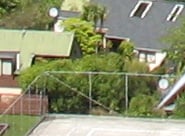 |
 | ||
80 ISO unavailable |
80 ISO, 1/125, f4 |
80 ISO unavailable | ||
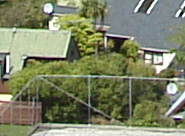 |
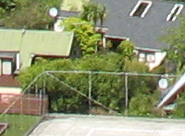 |
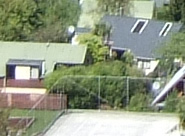 | ||
100 ISO, 1/160, f4.5 |
100 ISO, 1/200, f4 |
100 ISO, 1/340, f2.9 | ||
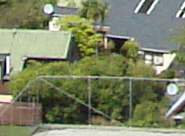 |
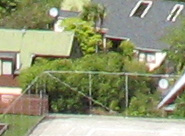 |
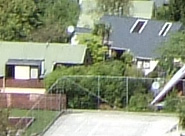 | ||
200 ISO, 1/320, f4.5 |
200 ISO, 1/400, f4 |
200 ISO, 1/340, f4 | ||
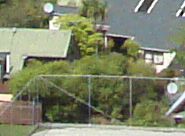 |
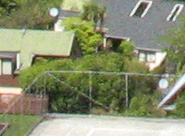 |
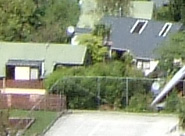 | ||
400 ISO, 1/640, f4.5 |
400 ISO, 1/800, f4 |
400 ISO, 1/450, f5 | ||
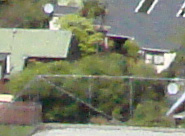 |
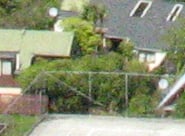 |
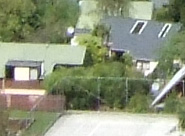 | ||
800 ISO, 1/320, f9 |
800 ISO, 1/1250, f4.5 |
800 ISO, 1/600, f6.4 | ||
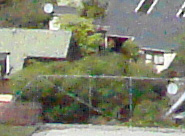 |
 |
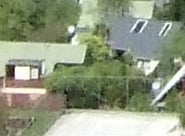 | ||
1600 ISO, 1/800, f9 |
1600 ISO unavailable |
1600 ISO, 1/800, f8 |
 |
 |
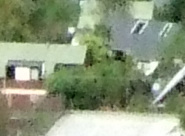 | ||
3200 ISO unavailable |
3200 ISO unavailable | 3200 ISO, 1500, f8 | ||




